Finance for Business: An In-depth Report on the Australian Bond Market
VerifiedAdded on 2022/08/19
|6
|667
|11
Report
AI Summary
This report provides an overview of the Australian bond market, examining both government and corporate bonds. It highlights that the Australian bond market functions similarly to other developed countries, with the government bond market considered highly secure and serving as a benchmark. The report details the trading of bonds on the Australian Securities Exchange (ASX), including Exchange-traded Treasury Bonds and Indexed Bonds, and discusses their characteristics and trading processes. Furthermore, the report analyzes the performance of Australian Government Bonds over a five-year period, noting a reduction in yields in 2020 and the maximum change between 2018 and 2019. The report also explores the non-government bond market, which is divided into Australian Financial Institutions, non-financial bonds, long-dated asset-backed securities, and dollar-dominated bonds, with a focus on wholesale investors. The analysis concludes by noting the narrowing spread of non-government bonds by the end of 2018. References from various sources support the analysis provided.
1 out of 6
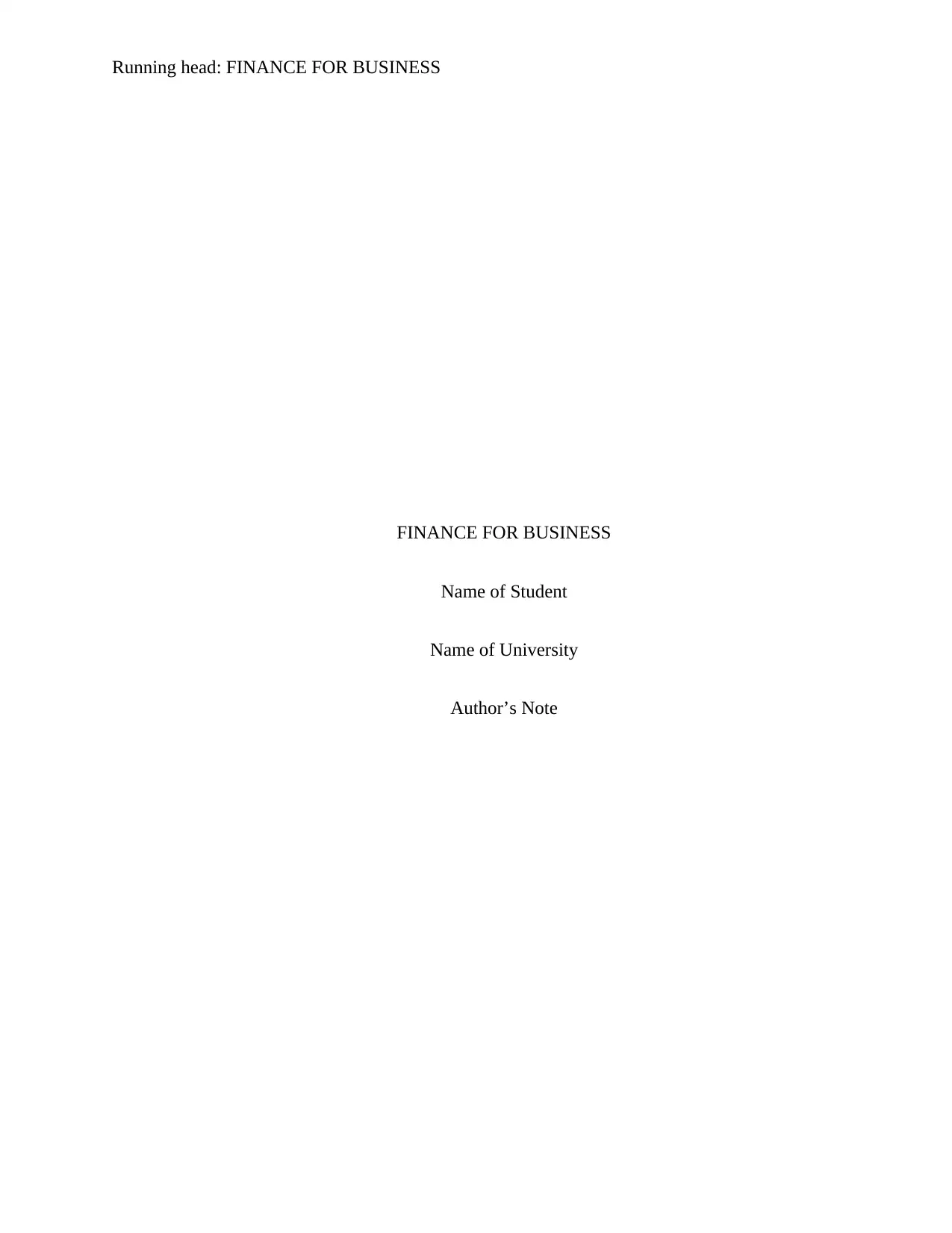
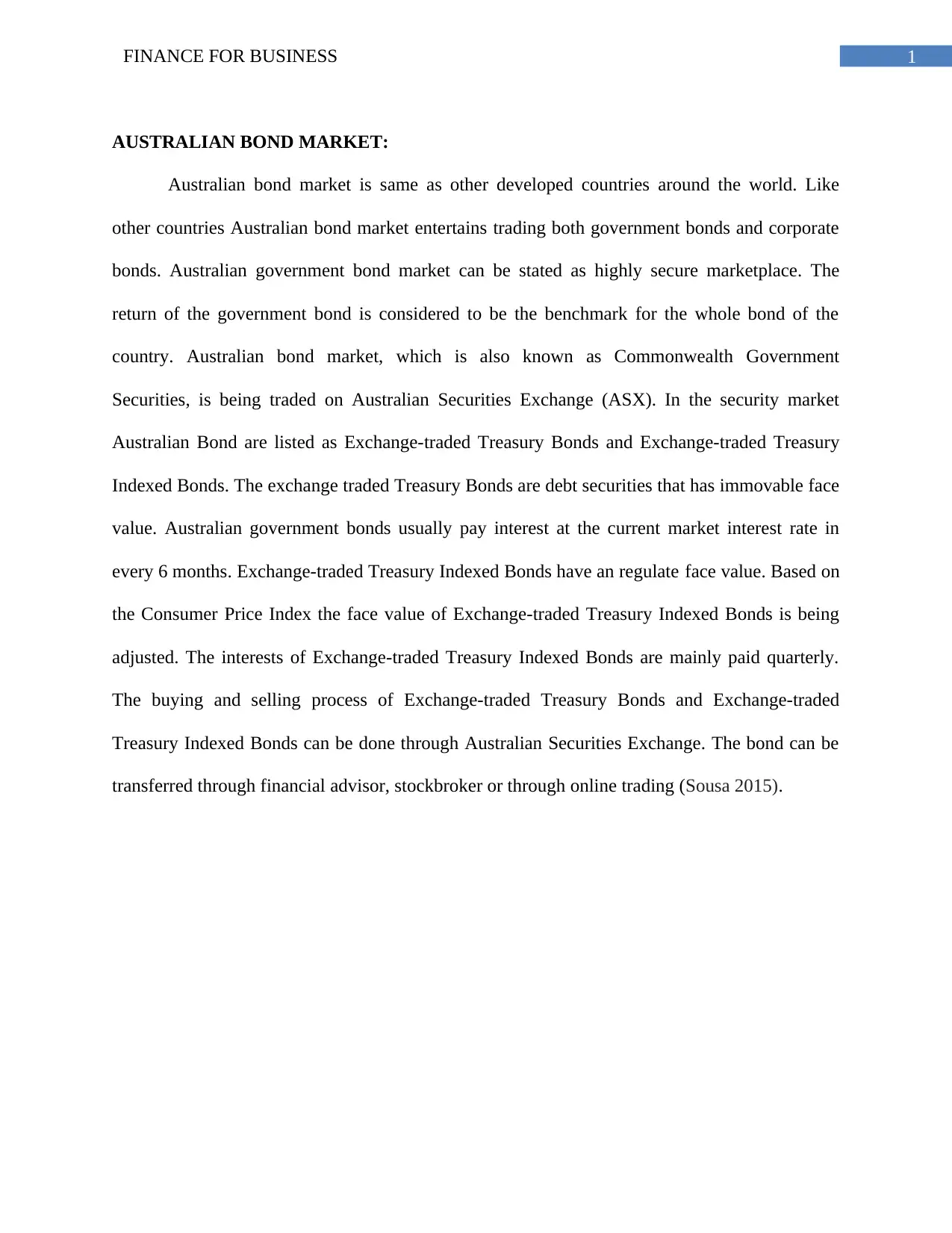
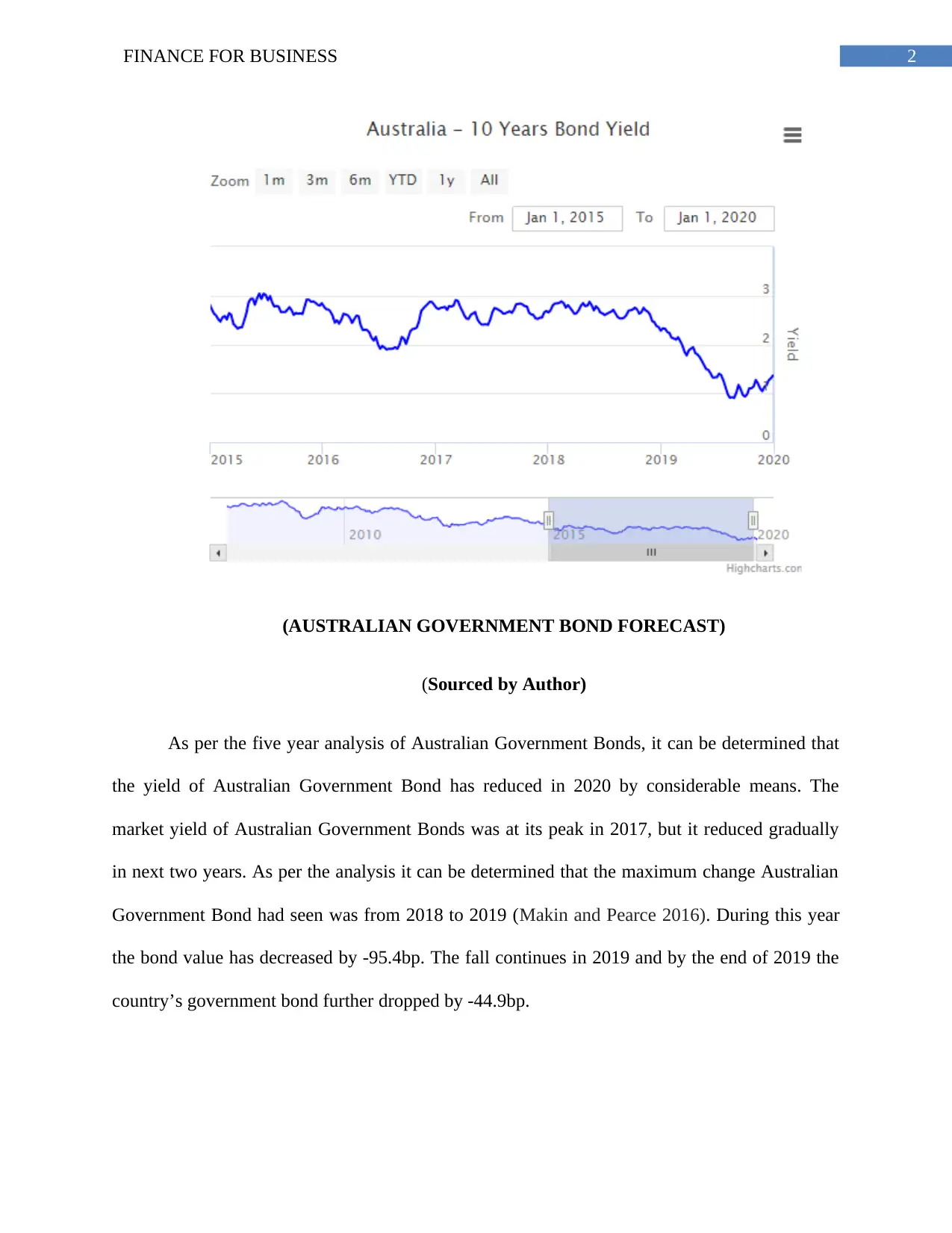

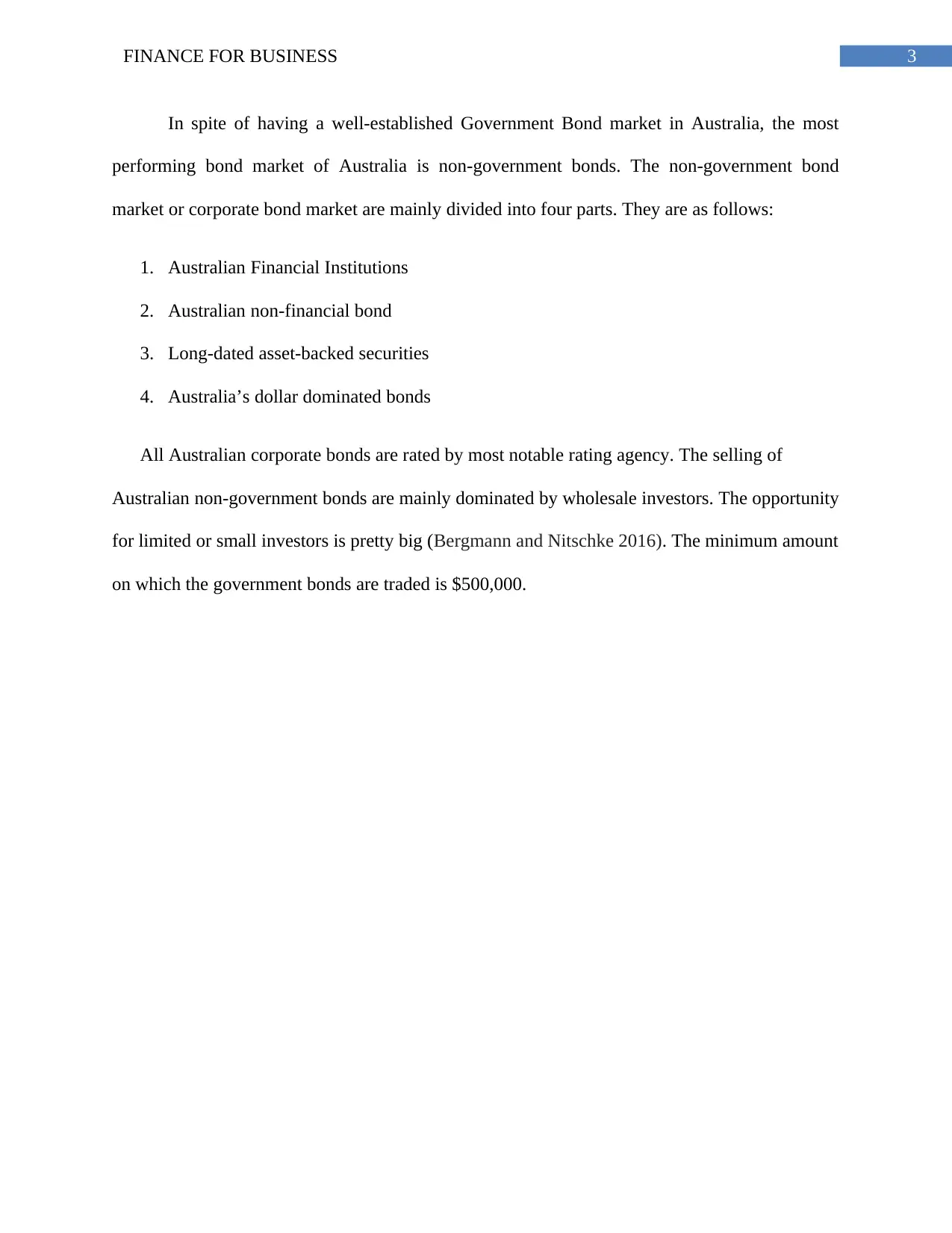
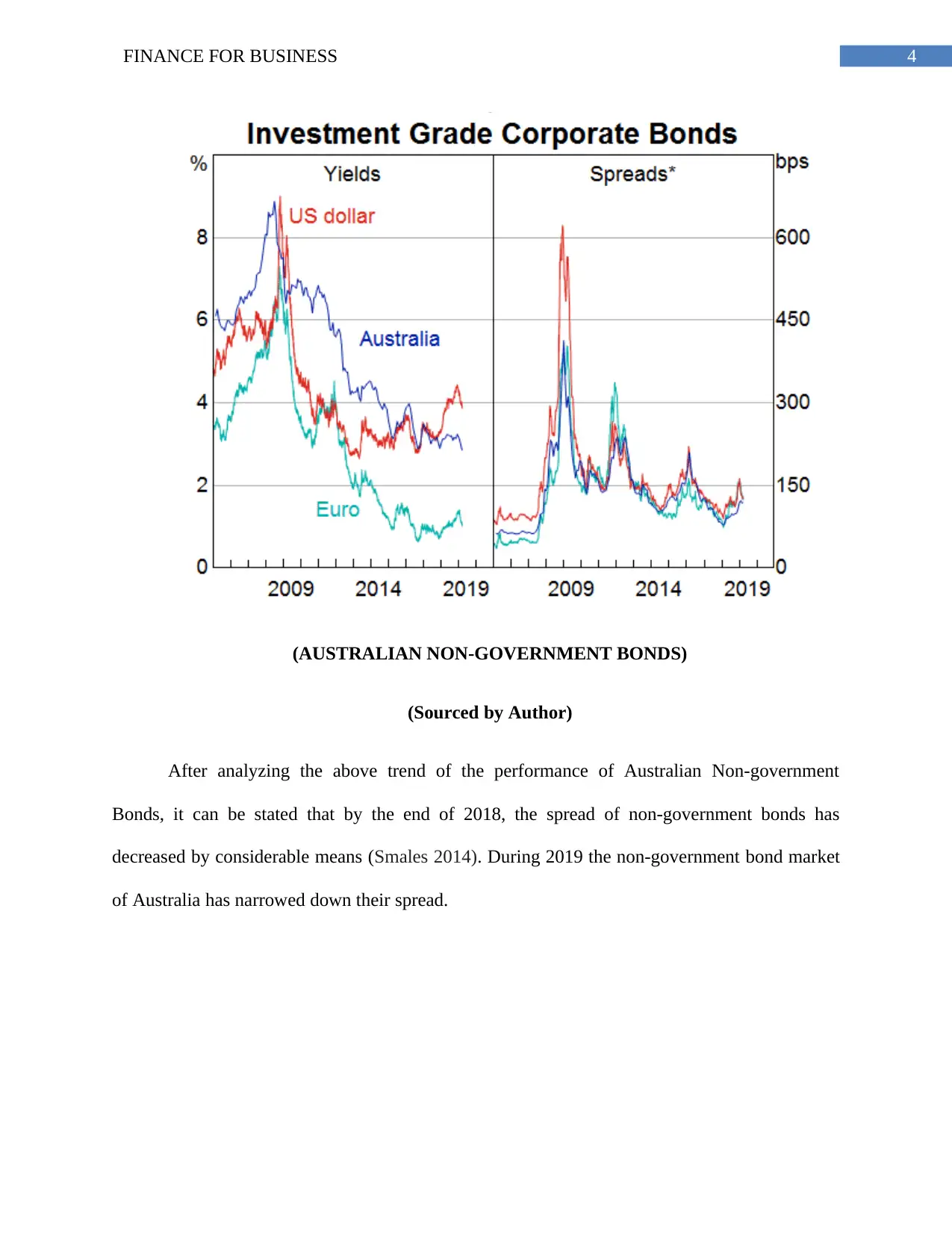
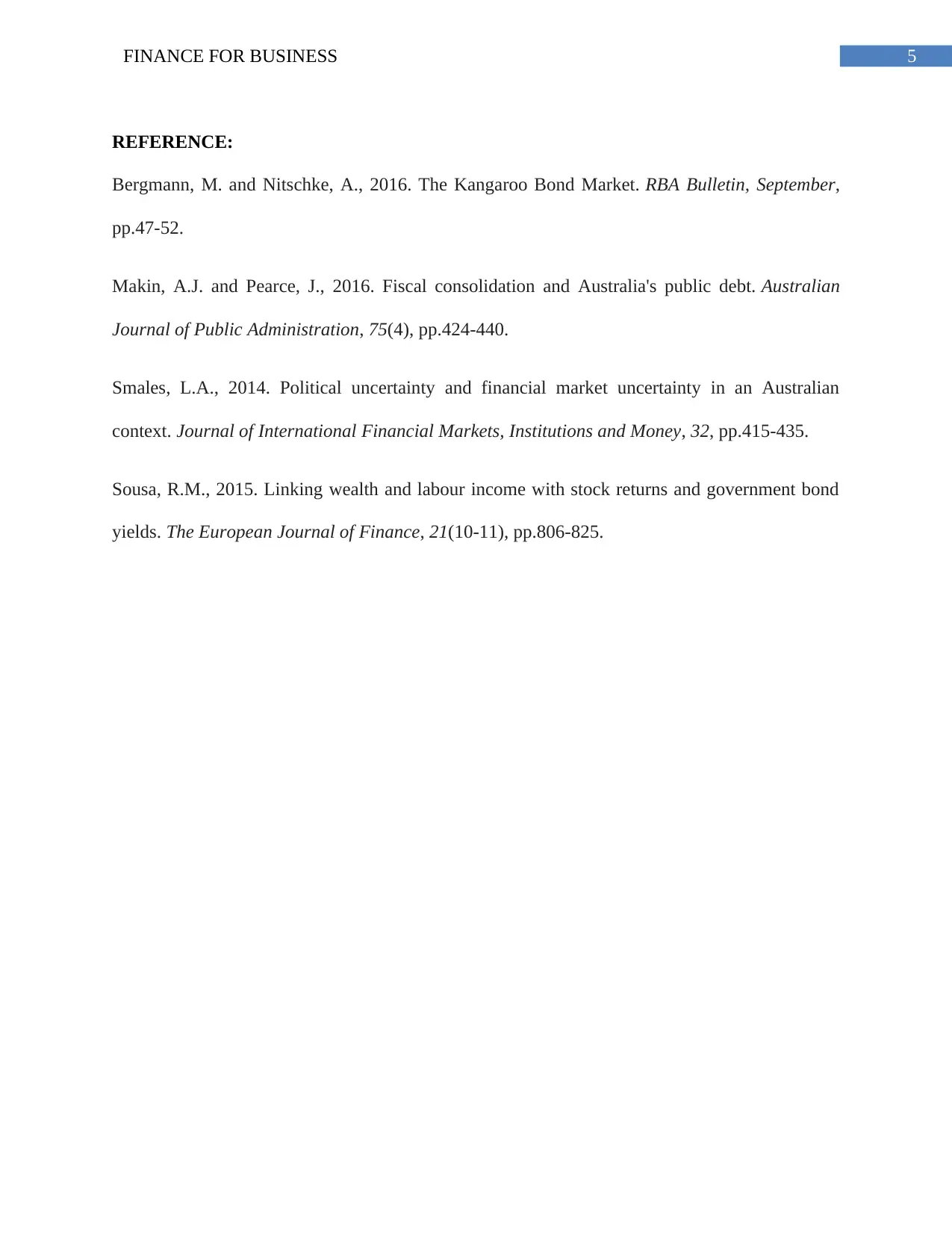






![[object Object]](/_next/static/media/star-bottom.7253800d.svg)